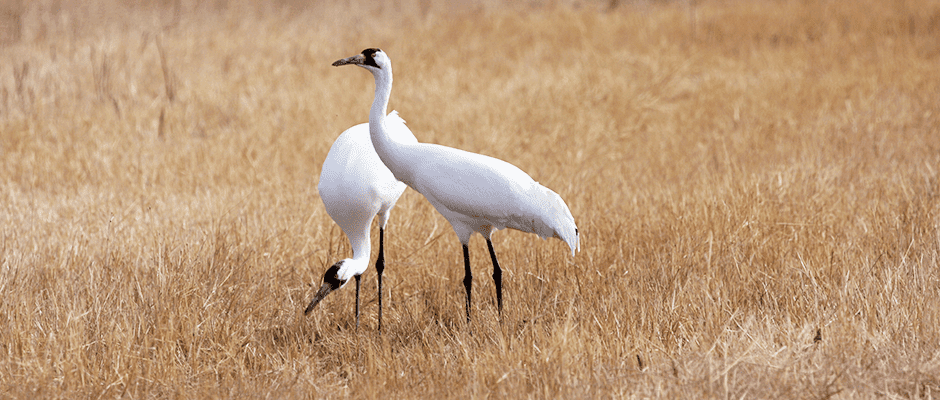Share this article
Whooping crane program closes after 51 years
The largest captive breeding program for Whooping Crane (Grus americana) is closing after 51 years. The program at the U.S. Geological Survey Patuxent Wildlife Research Center in Laurel, MD began from 12 eggs collected in 1967 with the goal of recovering the then-newly listed endangered species. At the time there were only 42 birds remaining. Currently, there are approximately 442 birds in the wild and 161 in captivity across the U.S.
The Patuxent captive breeding flock at Patuxent has 75 adults which form at least 29 breeding pairs. Approximately 40 eggs are laid each year by the flock. The biological technicians at Patuxent raise 30 chicks a year, the majority of which join the non-migratory flock in Louisiana. The others are trained to follow an ultralight aircraft on migration from Wisconsin to Florida and become part of the migratory flock.
Funding for the $1.5 million program was cut for the Fiscal Year 2018 budget, which begins Oct. 1, 2017. The captive flock will be moved to a variety of different locations and breeding programs will continue at those locations. The whooping crane propagation program was part of a broader public-private initiative in the United States and has been used as a model of wildlife restoration for threatened and endangered species. Officials are confident that, even with the closing of this program, the species recovery will continue.
Read more at The Washington Post.
Header Image: ©D. Severson/USFWS








